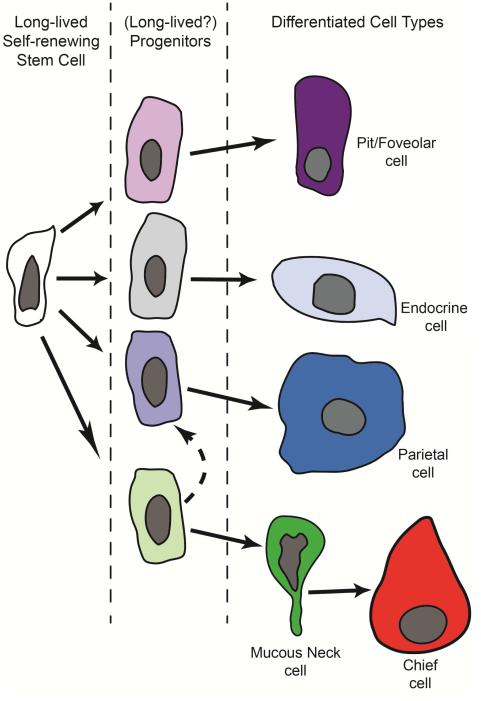Figure 3. Putative lineage tree of the adult corpus stem cell.
Based on Karam and Leblond’s labeling and ultrastructural studies, the isthmus contains a granule-free stem cell that enters the cell cycle to give rise to progenitors that migrate up and down the corpus unit. Cells that migrate up the unit adopt a pre-pit phenotype (light purple) and eventually turn into mature pit cells (purple). Cells that migrate down the unit appear to adopt a pre-neck (light green), pre-parietal (light blue) or pre-endocrine/endocrine phenotype (grey). Neck cells (green) appear to undergo a further transition at the bottom of the unit and eventually become transitional cells with both neck and chief cell characteristics, and finally fully mature chief cells. It is clear that the granule-free cell is long-lived and self-renewing, but each of the progenitors committed to more specific lineage(s) might also be long-lived and self-renewing as well.

